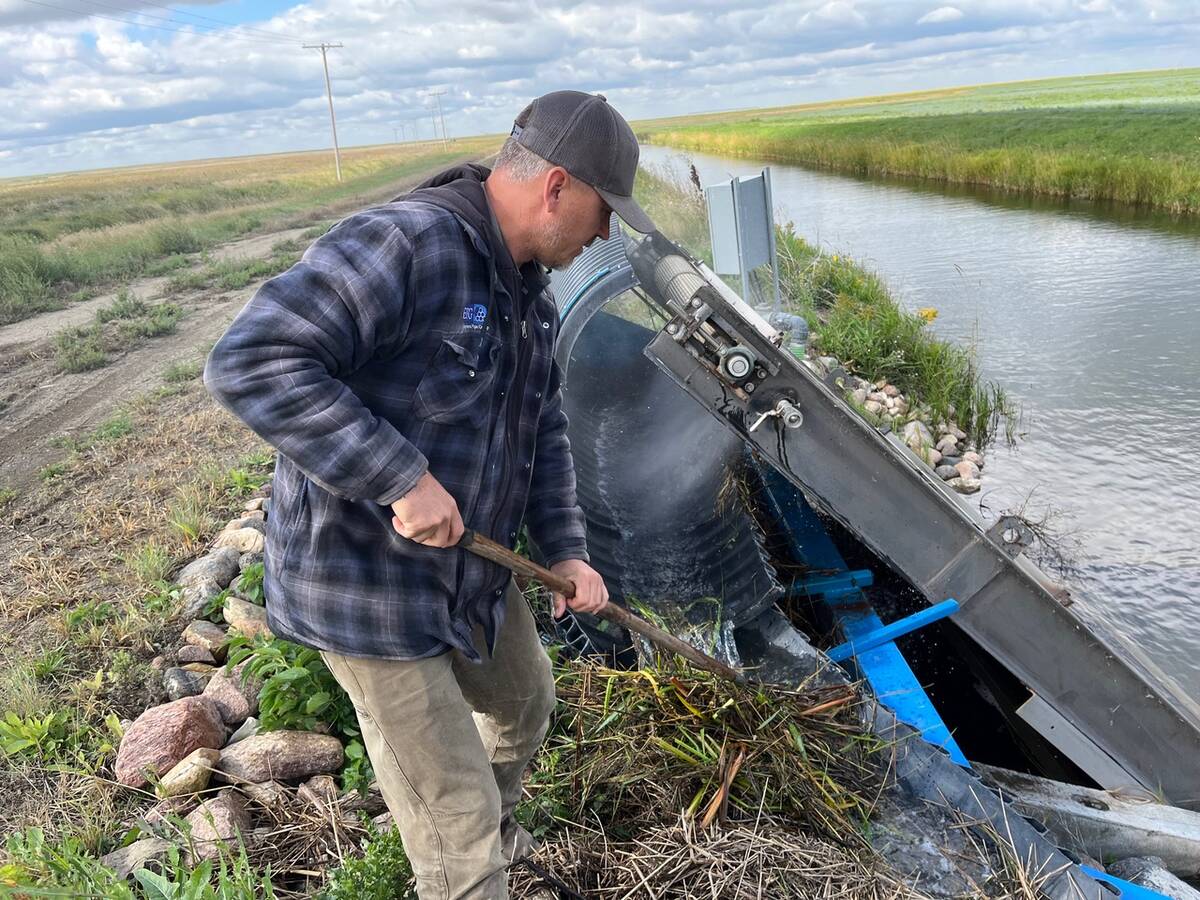Consumers might think farmers are getting fat from rich grocery store prices, but prairie farm groups say producers only get a skinny sliver of the pie.
And they say farmers could get a bigger piece of the pie without boosting food prices – if middlemen went on a profit diet.
“It doesn’t need to cost the consumer more,” said Ian Wishart, the president of Keystone Agricultural Producer, during a yearly event called The Farmer’s Share, which is recognized in all three prairie provinces.
Read Also

Saskatchewan farmer uses tile drainage to manage water
The integration of both irrigation and tile drainage results in higher yields, water efficiency, improved soils and less nutrient runoff, says one producer.
“We need a bigger proportion of that dollar. Someone else in the value chain either needs to be more efficient in their processing and their transportation, or take a smaller profit.”
The ongoing Farmer’s Share food price analysis, which is funded by Alberta’s Wild Rose Agricultural Producers, the Agricultural Producers Association of Saskatchewan, and KAP, found that in 2010, grain farmers received only 4.3 percent of the price paid by consumers for grain-based foods.
Meat producers received about 25 percent, fruit and vegetable producers received 28.4 percent and milk producers received more than 50 percent.
On average, farmers received about one percent more of the consumer dollar in 2010 than they did in 2009, said Alma Kennedy, the study’s author. But that just returns farmers to where they were in 2008.
Consumers are spending more on groceries this year than last year or the year before, hitting $198.95 per week in 2010 for a typical four person family versus $188.22 in 2008.
The low percentage of the food dollar received by grain and oilseed producers is partly due to the highly processed nature of grain products, Kynoch noted. But he also said other parts of the food industry must become more cost-effective to give farmers a greater share.
“This has been a continuing trend. Everybody else is doing very well in the food chain, thank you very much, but the primary producer isn’t,” said Wishart.
He said consumers should pressure processors and retailers to make sure farmers get a reasonable return.
“If you want us to be around in the long-term and producing the quality products that you want, then you’ll have to support us now.”

















